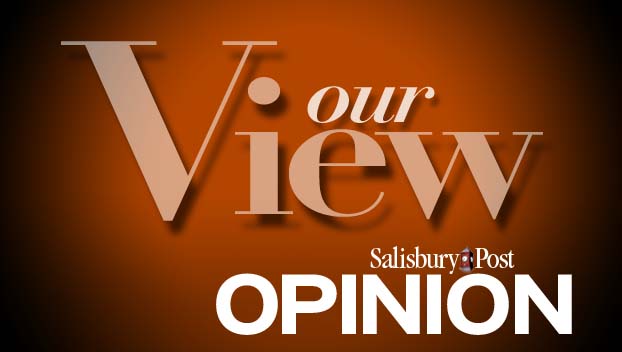Editorial: If another COVID-19 spike is on the way, keep kids in class
Published 12:00 am Thursday, December 16, 2021
One year ago, Rowan-Salisbury Schools found itself in the middle of a debate about class schedules amid rising COVID-19 cases.
During one of the worst case spikes during the pandemic, then-Rowan-Salisbury Schools Superintendent Lynn Moody suggested the district stick with its blended schedule and think about the possibility reconvening if COVID-19 numbers continued to deteriorate. Whether the district opened for in-person classes in January was an open question.
Numbers RSS faced in mid-December 2020, however, paled in comparison to the hundreds of infections and thousands of quarantines among staff and students at the start of the 2021-2022 school year — the delta variant-induced spike.
At the start of the current school year and with more than a year of pandemic experience, educators and school board members knew it was better to keep kids in class. Initial data about student performance after pandemic-induced closures and digital-only learning was not good.
Among other things, when forced to learn at home, it can be harder for kids to stay focused or get help on work. Sometimes, schools provide the only meals kids receive all day.
Brian Hightower said it well in August when debating whether to reverse course and make masks mandatory.
“Our position as a board should be to keep kids in school because that’s the best way to educate them,” he said.
If the latest COVID-19 variant, omicron, produces another spike, school board members should follow their playbook from the start of this school year — using good COVID-19 precautions to keep kids learning in the classroom as much as possible. That may require mandatory masks again.
North Carolina data from recent weeks shows rising cases. There hasn’t yet been a drastic increase similar to the delta variant, but there are worrying spikes in cases elsewhere across the country and world that could easily make their way here. The number of hospital beds filled by COVID-19 patients is also increasing.
The best policies are preparedness and in-person learning.


